By now, most marketers are well aware that user-generated content drives performance.
You’ve probably seen the stats on just how effective it is. According to our visual commerce partner Olapic:
- 44% of consumers say they trust UGC more than any other form of content.
- 56% are more likely to click on a user-generated image than a traditional ad.
- 70% of Americans and 53% of Europeans are more likely to buy a product after seeing it featured in a relatable user-generated image.
It’s not difficult to leverage UGC from a branding perspective. However, integrating these images into ads—at scale—can be a challenge. Inputting alternate image links for UGC into your Facebook product feed would make for a time-consuming and convoluted task.
A retailer that works with both StitcherAds and Olapic was facing this challenge. The team had been sharing user images on their social channels for years, and found that it was effective at driving engagement. They wanted to begin using that content within dynamic product ads, but needed a seamless way to get the images they had collected via Olapic into their product feed.
StitcherAds used its product feed manipulation tool to create an automated solution that would ingest UGC into the retailer’s Facebook product feed. Instantly, the team had the ability to create campaigns that featured their brand-owned images, as well as the authentic user-generated images that had worked so well for them on other channels.
To really hone their UGC ad strategy, the StitcherAds team ran a series of tests for the brand. As you get started using user images for dynamic advertising, you might find these insights useful.
1. Test UGC on different carousel tiles.
Will user-generated content perform better on the first tile of your carousel ad or on another card?
This may vary depending on the types of products you sell.
For example, in the apparel space, it’s likely that people are looking to be inspired. Seeing products in stunning lifestyle settings creates a sense of aspiration. So, hooking consumers in with authentic imagery could be the way to go here.

It might be a different case for a retailer that sells appliances. A customer will likely benefit more from seeing that refrigerator or mixer on its own on the first tile. Seeing an appliance placed in a kitchen may look great, but this likely to look distracting and won’t immediately communicate what you’re trying to sell.

There is no hard-and-fast rule here. Test to see what works for your business.
2. Test UGC at various stages of the purchase funnel.
Will UGC perform better from a prospecting or retargeting perspective?
It could be that people who are new to your business want to see clear shots of the products you’re offering before seeing them in context.
If a shopper hasn’t converted within 30 days of seeing your standard product images, try showing them an ad featuring UGC. If they have viewed content on your site and/or added items to their carts, user-generated content might give them the extra push they need to convert.
3. Test UGC across different placements.
What’s the best placement and ad format for UGC?
Bill Connolly, Director of Content at Monotype/Olapic, broke it down for us. “We find that UGC works particularly well with dynamic product ads. In addition to using product feed images, it helps diversify the creative and minimize fatigue,” he said.
As for Facebook vs. Instagram, “It really depends on a number of variables, including your vertical, what your unique brand value is, and what your audience prefers. We’ve seen it perform really well in both channels because it’s native to those environments. It’s content that users are used to seeing on those channels.”
In other words, it’s worth testing.
Unlock authentic creative within your dynamic ads
User-generated content is a great way to add a layer of authenticity to your dynamic ads, and incorporating it into your strategy doesn’t have to be a complex process. Working with a partner like StitcherAds can help your team clear any of the product feed roadblocks holding you back.



